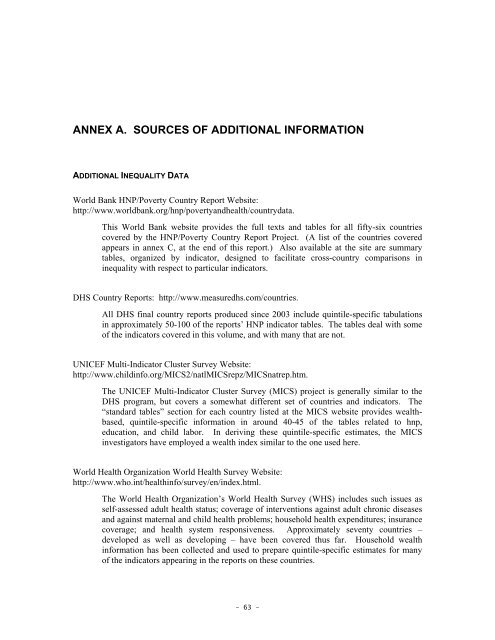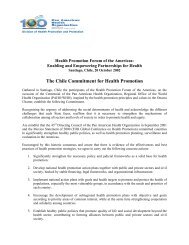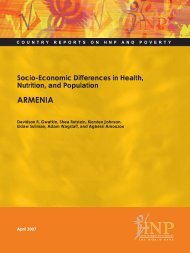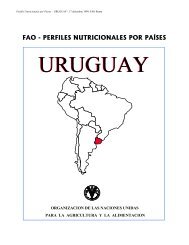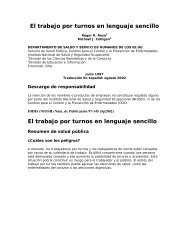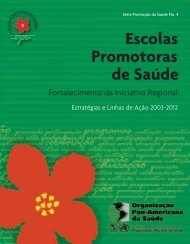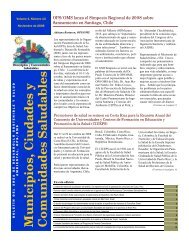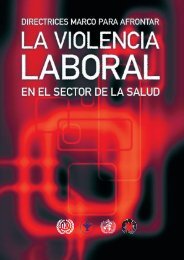Eritrea 1995. - BVSDE
Eritrea 1995. - BVSDE
Eritrea 1995. - BVSDE
- No tags were found...
You also want an ePaper? Increase the reach of your titles
YUMPU automatically turns print PDFs into web optimized ePapers that Google loves.
ANNEX A. SOURCES OF ADDITIONAL INFORMATIONADDITIONAL INEQUALITY DATAWorld Bank HNP/Poverty Country Report Website:http://www.worldbank.org/hnp/povertyandhealth/countrydata.This World Bank website provides the full texts and tables for all fifty-six countriescovered by the HNP/Poverty Country Report Project. (A list of the countries coveredappears in annex C, at the end of this report.) Also available at the site are summarytables, organized by indicator, designed to facilitate cross-country comparisons ininequality with respect to particular indicators.DHS Country Reports: http://www.measuredhs.com/countries.All DHS final country reports produced since 2003 include quintile-specific tabulationsin approximately 50-100 of the reports’ HNP indicator tables. The tables deal with someof the indicators covered in this volume, and with many that are not.UNICEF Multi-Indicator Cluster Survey Website:http://www.childinfo.org/MICS2/natlMICSrepz/MICSnatrep.htm.The UNICEF Multi-Indicator Cluster Survey (MICS) project is generally similar to theDHS program, but covers a somewhat different set of countries and indicators. The“standard tables” section for each country listed at the MICS website provides wealthbased,quintile-specific information in around 40-45 of the tables related to hnp,education, and child labor. In deriving these quintile-specific estimates, the MICSinvestigators have employed a wealth index similar to the one used here.World Health Organization World Health Survey Website:http://www.who.int/healthinfo/survey/en/index.html.The World Health Organization’s World Health Survey (WHS) includes such issues asself-assessed adult health status; coverage of interventions against adult chronic diseasesand against maternal and child health problems; household health expenditures; insurancecoverage; and health system responsiveness. Approximately seventy countries –developed as well as developing – have been covered thus far. Household wealthinformation has been collected and used to prepare quintile-specific estimates for manyof the indicators appearing in the reports on these countries.- 63 -


